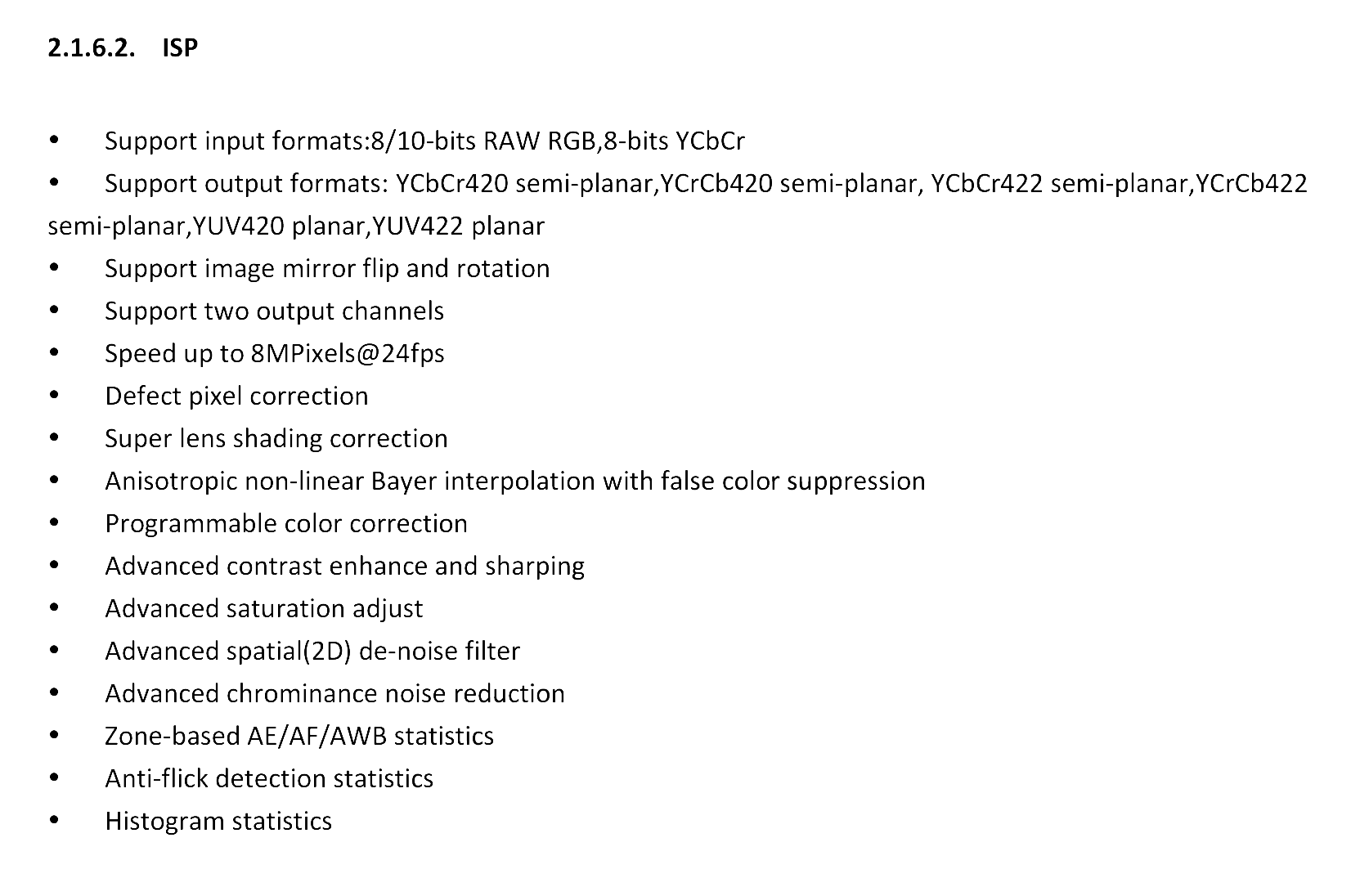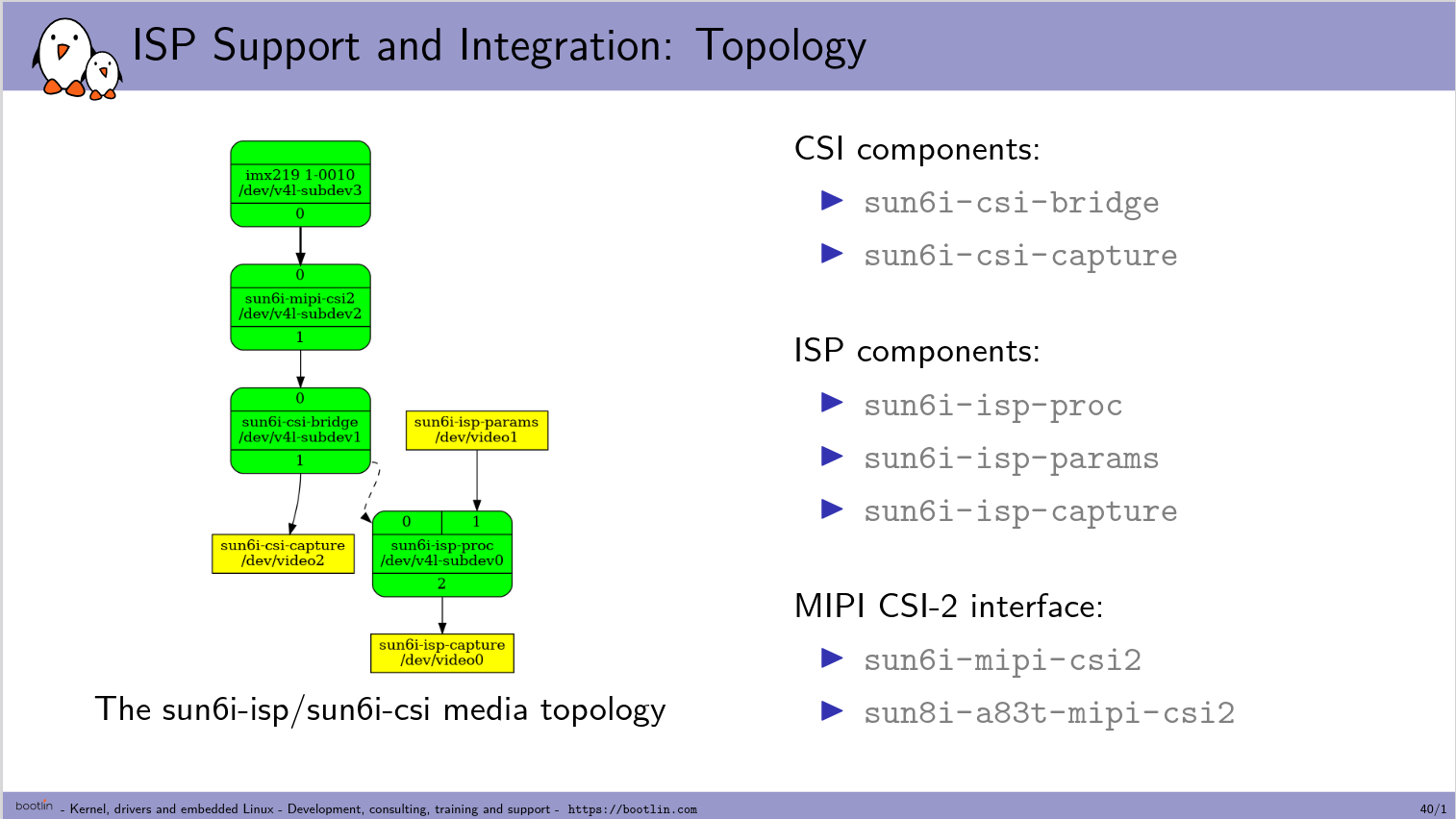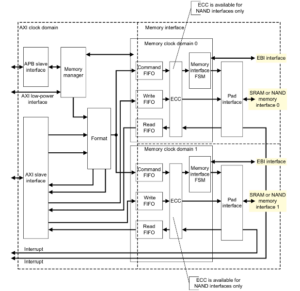It’s been a while we haven’t posted about Bootlin contributions to the Linux kernel, and in fact missed both the Linux 5.14 and Linux 5.15 releases, which we will cover in this blog post.
Linux 5.14 was released on August 29, 2021. The usual KernelNewbies.org page and the LWN articles on the merge window (part 1 and part 2) provide the best summaries of the new features and hardware support offered by this release.
Linux 5.15 on the other hand was released on November 1, 2021. Here as well, we have a great KernelNewbies.org article and LWN articles on the merge window (part 1 and part 2).
In total for those two releases, Bootlin contributed 79 commits, in various areas:
- Alexandre Belloni, as the RTC subsystem maintainer, contributed 9 patches improving various aspects of RTC drivers, the RTC subsystem or Device Tree bindings for RTC
- Clément Léger contributed a small improvement to the at_xdmac driver used on Microchip ARM platforms
- Hervé Codina enabled Ethernet support on the old ST Spear320 SoC, by leveraging the existing stmmac Ethernet controller driver
- Maxime Chevallier fixed a small issue with the Ethernet PHY on the i.MX6 Solidrun system-on-module
- Miquèl Raynal added support for NV-DDR timings in the MTD susbsystem. This allows to improve performance with NAND flash memories that support those timings. Their usage is specifically implemented in the Arasan NAND controller driver, which Miquèl contributed back in Linux 5.8. See our previous blog post on this topic for more details
- Miquèl Raynal added support for yet another NAND controller driver, the ARM PL35x, which is used for example on Xilinx Zynq 7000. See our previous blog post on this topic.
- Miquèl Raynal added support for NAND chips with large pages (larger than 4 KB) to the OMAP GPMC driver.
- Miquèl Raynal made a few fixes to the IIO driver for the max1027 ADC.
- Paul Kocialkowski contributed a few patches to enable usage of the Hantro video decoder driver on the Rockchip PX30 processor.
- Thomas Perrot contributed one patch to enable usage of the Flex Timers on i.MX7, and one to fix an issue in the PL022 SPI controller driver.
And now, as usual the complete list of our contributions to Linux 5.14 and 5.15:
- Alexandre Belloni (9):
- dt-bindings: rtc: ti,bq32k: take maintainership
- rtc: pcf8523: rename register and bit defines
- PM: sleep: check RTC features instead of ops in suspend_test
- rtc: s5m: switch to devm_rtc_allocate_device
- rtc: s5m: signal the core when alarm are not available
- rtc: s5m: enable wakeup only when available
- rtc: s5m: set range
- rtc: lib_test: add MODULE_LICENSE
- rtc: move RTC_LIB_KUNIT_TEST to proper location
- Clément Léger (1):
- Herve Codina (4):
- Maxime Chevallier (1):
- Miquel Raynal (59):
- mtd: rawnand: Add a helper to clarify the interface configuration
- mtd: rawnand: arasan: Check the proposed data interface is supported
- mtd: rawnand: atmel: Check the proposed data interface is supported
- mtd: rawnand: onfi: Use the BIT() macro when possible
- mtd: rawnand: Update dead URL
- mtd: rawnand: Use more recent ONFI specification wording
- mtd: rawnand: Clarify the NV-DDR entries in the ONFI structure
- mtd: rawnand: Add NV-DDR timings
- mtd: rawnand: Retrieve NV-DDR timing modes from the ONFI parameter page
- mtd: rawnand: Add an indirection on onfi_fill_interface_config()
- mtd: rawnand: Add onfi_fill_nvddr_interface_config() helper
- mtd: rawnand: Avoid accessing NV-DDR timings from legacy code
- mtd: rawnand: Access SDR and NV-DDR timings through a common macro
- mtd: rawnand: Handle the double bytes in NV-DDR mode
- mtd: rawnand: Add a helper to find the closest ONFI NV-DDR mode
- mtd: rawnand: Support enabling NV-DDR through SET_FEATURES
- mtd: rawnand: Allow SDR timings to be nacked
- mtd: rawnand: Choose the best timings, NV-DDR included
- MAINTAINERS: Add myself as co-maintainer of the Arasan NAND controller driver
- mtd: rawnand: arasan: Fix a macro parameter
- mtd: rawnand: arasan: Workaround a misbehaving prog type with NV-DDR
- mtd: rawnand: arasan: Support NV-DDR interface
- dt-binding: mtd: nand: Document the cs-gpios property
- mtd: rawnand: Move struct gpio_desc declaration to the top
- mtd: rawnand: Add a helper to parse the gpio-cs DT property
- mtd: rawnand: arasan: Ensure proper configuration for the asserted target
- mtd: rawnand: arasan: Leverage additional GPIO CS
- dt-binding: memory: pl353-smc: Rephrase the binding
- dt-binding: memory: pl353-smc: Document the range property
- dt-binding: memory: pl353-smc: Drop the partitioning section
- dt-binding: memory: pl353-smc: Describe the child reg property
- dt-binding: memory: pl353-smc: Fix the example syntax and style
- dt-binding: memory: pl353-smc: Drop unsupported nodes from the example
- dt-binding: memory: pl353-smc: Fix the NAND controller node in the example
- memory: pl353-smc: Fix style
- memory: pl353-smc: Rename goto labels
- memory: pl353-smc: Let lower level controller drivers handle inits
- memory: pl353-smc: Avoid useless acronyms in descriptions
- memory: pl353-smc: Declare variables following a reverse christmas tree order
- MAINTAINERS: Add PL353 SMC entry
- dt-binding: memory: pl353-smc: Convert to yaml
- mtd: spinand: Fix double counting of ECC stats
- mtd: rawnand: arasan: Use the right DMA mask
- mtd: rawnand: onfi: Fix endianness when reading NV-DDR values
- mtd: rawnand: arasan: Rename the data interface register
- mtd: rawnand: arasan: Finer grain NV-DDR configuration
- MAINTAINERS: Add PL353 NAND controller entry
- dt-bindings: mtd: pl353-nand: Describe this hardware controller
- mtd: rawnand: pl353: Add support for the ARM PL353 SMC NAND controller
- mtd: rawnand: omap: Aggregate the HW configuration of the ELM
- mtd: rawnand: omap: Rename a macro
- mtd: rawnand: omap: Check return values
- mtd: rawnand: omap: Various style fixes
- mtd: rawnand: omap: Add larger page NAND chips support
- dt-bindings: mtd: gpmc: Fix the ECC bytes vs. OOB bytes equation
- mtd: spinand: Fix comment
- iio: adc: max1027: Fix wrong shift with 12-bit devices
- iio: adc: max1027: Fix the number of max1X31 channels
- usb: musb: dsps: Fix the probe error path
- Paul Kocialkowski (4):
- Thomas Perrot (2):



